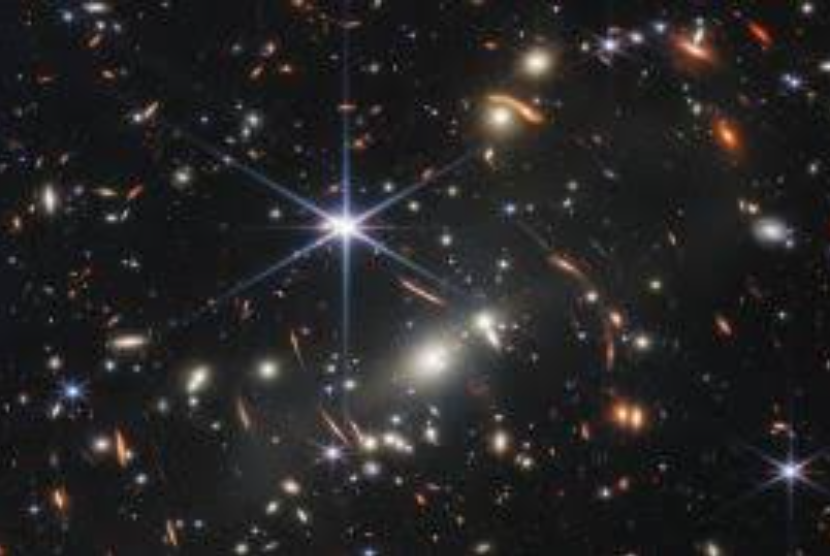The JWST images allowed the team to observe the “glitter” at different wavelengths.
REPUBLIKA.CO.ID, JAKARTA – The first science-grade images revealed by the United States Aeronautics and Space Administration’s (NASA) latest space telescope hold treasures in the form of galaxy The shimmering distant sky is surrounded by dense clusters that may contain some of the universe’s first stars. reported from space, On Thursday (29/9/2022), the photo, the first deep field image of space telescope James Webb (JWST), offers a mind-boggling array of galaxies.
A team of Canadian astronomers has enlarged the galaxy, located 9 billion light-years from Earth. It’s nicknamed the “Sparkler Galaxy” because solid objects around it appear as tiny, shimmering yellow-red dots.
The galaxy itself is notable for its oddly elongated appearance, but the surrounding objects that inspired the moniker are of particular scientific interest, as they may be the most distant globular star clusters astronomers have ever discovered. .
A globular is a collection of primordial stars that date back to galactic infancy, so they may hold clues to the early stages of galaxy formation, growth, and evolution. By examining 12 compact objects surrounding the Sparkler galaxy, the Canadian team NIRISS Unbiased Cluster Survey (CANUCS) discovered that five of them were indeed globular clusters. Plus, they could be some of the oldest globular clusters ever seen, possibly dating back to when the universe first started giving birth to stars.
“It was very surprising to us that we were able to find such a unique object so early in the JWST data,” said Kartheik G Iyer, an astronomer at the University of Toronto in Canada and one of the lead authors of the study. ‘study. “Based on our analysis, we found that most of the glow around the main body of this galaxy is really massive and very old star systems.”
The JWST images allowed the team to observe the “flickers” over a wide range of wavelengths, Iyer noted, meaning scientists could model the clusters precisely to better understand their physical properties. including their age and the number of stars they contain. Using such distant globular clusters to date the first stars in the first distant galaxies was not possible before the JWST.
“What we’re trying to do is age all objects in the universe – stars, galaxies and globular clusters – because we want to know when do stars start to be born?” Lamiya Mowla, study co-author and astronomer at the University of Toronto, said Space.

“Amateur problem solver. Hipster-friendly alcohol lover. Beer buff. Infuriatingly humble tv geek.”








